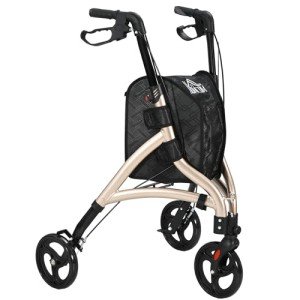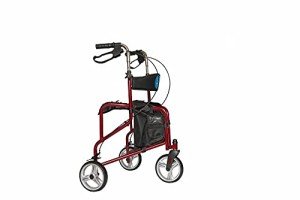0 Jobs Available Now
Trusty job portal lets companies & candidates create profiles,publish job postings, and manage them.
Candidates can search and apply for jobs
What's The Job Market For Walking Frame Professionals Like?
Understanding Walking Frames: Features, Benefits, and Considerations
Walking frames, likewise referred to as walkers, are necessary mobility aids developed to provide stability and support for people who might have problem with balance, coordination, or strength when moving. These devices can significantly enhance the lifestyle for the elderly, individuals recovering from surgical treatment, and those with chronic health conditions affecting mobility. This post will look into the numerous types of walking frames, their benefits, correct usage, and key factors to consider for users and caregivers.
Kinds Of Walking Frames
Walking frames been available in a number of variations to accommodate different user requirements. The main types consist of:
Standard Walking Frames: These are standard freestanding frames that provide maximum stability. Users must raise the frame with each step, making them ideal for individuals with good upper body strength.
Two-Wheeled Walkers: These frames have 2 front wheels, enabling smoother movement. They are ideal for users who can handle some weight-bearing and need less lifting.

Four-Wheeled Walkers (Rollators): Designed with 4 wheels, a seat, and hand brakes, rollators use convenience and safety. Users can walk without raising the frame, making them suitable for those with minimal stamina or strength.

Knee Walkers: These are created for people recuperating from foot or ankle injuries. Users rest their knee on a padded cushion while pressing themselves forward with their other leg.
Table 1: Comparison of Walking Frame Types
| Walking Frame Type | Highlight | Best Suited For |
|---|---|---|
| Basic Walking Frame | No wheels; needs raising | Users with excellent upper body strength |
| Two-Wheeled Walker | Front wheels; much easier maneuvering | Users requiring moderate support |
| Four-Wheeled Walker | Wheels, seat, brakes | Users requiring stability and rest choices |
| Knee Walker | Cushioned knee rest; mobile | Users with lower leg injuries |
Benefits of Using Walking Frames
Walking frames use various benefits that enhance mobility and promote self-reliance. These benefits include:
Increased Stability: Walking frames supply a stable platform, lowering the threat of falls.
Improved Confidence: By offering support, users can feel more safe and secure while walking, which improves their self-confidence in mobility.
Flexible Use: Walking frames can be used indoors and outdoors, accommodating numerous surface areas and environments.
Decreased Physical Strain: They relieve the physical concern on the user's legs and back, enabling individuals with pain or weakness to stroll longer distances.
Motivation of Physical Activity: Regular use can promote mobility and assistance keep physical activity, which is essential for overall health.
Secret Considerations for Users and Caregivers
While walking frames use considerable benefits, there are numerous essential considerations to ensure optimal use:
Proper Fit: Walking frames should be gotten used to the appropriate height for the user. When standing directly, the elbows ought to be slightly bent when holding the deals with.
Weight Capacity: Each walker has an optimum weight limitation. Users ought to ensure they select a walking frame that can sufficiently support their weight.
Surface Suitability: Users must think about where they will mostly use the walker. Four-wheeled walkers are much better matched for outdoor use on uneven surface areas.
Upkeep: Regular checks on brakes, wheels, and structural stability are essential to guarantee safety.
User Training: Proper training from health care experts can assist users and caregivers understand how to use walking frames safely and efficiently.
Frequently Asked Questions about Walking Frames
Who can gain from utilizing a walking frame?
- Individuals with balance problems, elderly people, those recovering from surgical treatment, and those with persistent mobility problems can gain from utilizing walking frames.
Can walking frames be utilized outdoors?
- Yes, many walking frames, especially four-wheeled walkers, are developed for both indoor and outdoor use.
How do I choose the ideal walking frame?
- Consider your mobility needs, environment, weight capacity, and any additional features like seats or storage compartments.
What should I do if I feel unsteady using a walking frame?
- Talk to a healthcare professional or physical therapist for guidance on proper usage and modification of the walking frame.
Exist any threats connected with utilizing a walking frame?
- If not utilized correctly, walking frames may result in falls. It's crucial to ensure appropriate fit, adjust them properly, and practice safe walking methods.
Walking frames represent an important tool for increasing mobility and self-reliance for many people dealing with physical difficulties. By understanding the various types offered, their benefits, and the considerations associated with their use, users and caretakers can make educated choices about choosing and using the right walking frame. With the right assistance, numerous people can restore self-confidence in their mobility, improve their lifestyle, and take vital actions toward self-reliance.
Organization Type
Government
Company Size
Only Me
Contact Information
Location
Open Positions (0)
No Data Found!

